10 Places You're Most Likely To Catch COVID, According to a Doctor

While the COVID-19 pandemic may seem like a distant memory, that doesn't mean the virus has disappeared because, like it or not, COVID is here to stay. According to the World Health Organization (WHO), more than 118,000 new COVID-19 hospitalizations were reported between November 13 and December 10, 2023. The virus often presents itself with a laundry list of symptoms, including fever, cough, runny nose, fatigue, chills, aches and pains, sore throat, night sweats, headache, diarrhea, nausea, shortness of breath, and loss of taste or smell. Despite being extra hygienic and cautious during cold and flu season by wearing masks, washing hands frequently, and practicing social distancing, there are still plenty of places where you can potentially catch this deadly virus and put others at risk. We spoke with an expert who reveals 10 places you're most likely to catch COVID, so listen up.
Laura Purdy, MD, MBA, a board-certified family physician in Fort Benning, Georgia, tells ETNT, "The places you're most likely to catch COVID are high-traffic areas with lots of people in an area daily. COVID is spread when someone carrying the virus breathes, sneezes, or coughs droplets and particles that contain the virus out of their nose and mouth. This can be spread from person to person or from landing on a surface that someone then touches. It's important to ensure you wash your hands properly and practice good hygiene because you cannot count on these public surfaces being cleaned after every person."
Read on to discover which places you're most likely to catch COVID. Then, when you're done, don't miss the 10 Places You're Most Likely To Get the Flu, According to a Doctor.
Theme Parks
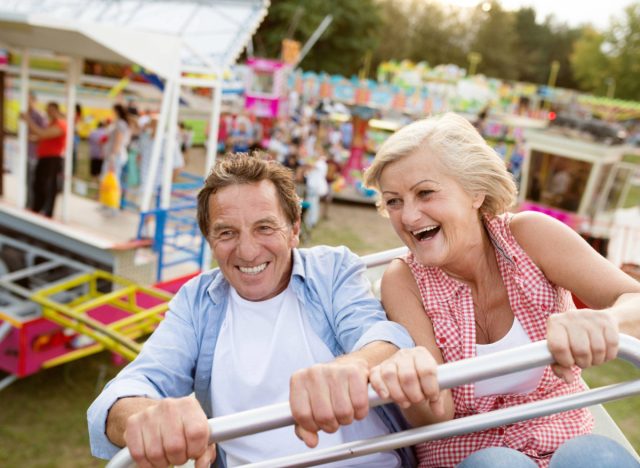
"Theme parks have high foot traffic and lots of visitors who have been traveling, making them breeding grounds for COVID," explains Purdy.
Despite the joy they bring, theme parks can be potential hotspots for COVID-19 transmission. Large crowds, shared facilities, and close interactions increase your risk of contracting COVID.
Zoos and Aquariums

"Zoos and aquariums often have lots of kids and people in tight viewing areas, increasing your risk of exposure to COVID," Purdy tells us.
While enjoying the wonders of wildlife, be cautious at zoos and aquariums. Crowded areas and high-touch surfaces can pose risks, so be sure to practice good hygiene, wash your hands diligently, and maintain social distancing to minimize exposure.
Movie Theaters

Movie theaters are enclosed spaces with limited ventilation, which can facilitate the spread of COVID. "Theaters have many people crowded together, touching many of the same surfaces," Purdy adds.
If you choose to catch a flick, consider going during less busy times and choose theaters that use proper safety measures.
Indoor Play Centers
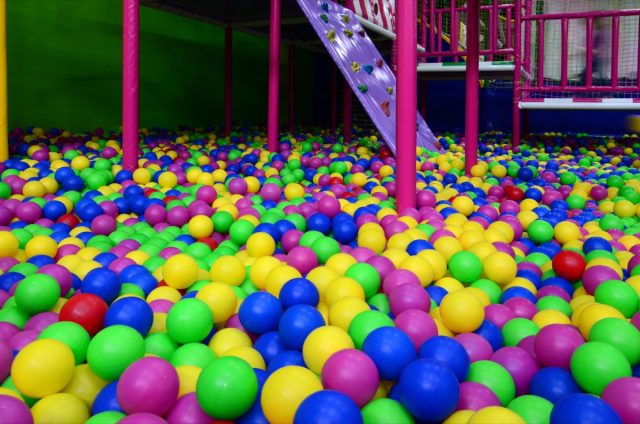
Indoor play centers have shared toys and close interactions among children, which can significantly increase exposure risk. "Indoor play centers have lots of kids and people in the same enclosed spaces, which increases your risk of COVID," Purdy explains.
When possible, opt for outdoor play areas and sanitize effectively before and after playing.
Public Transportation
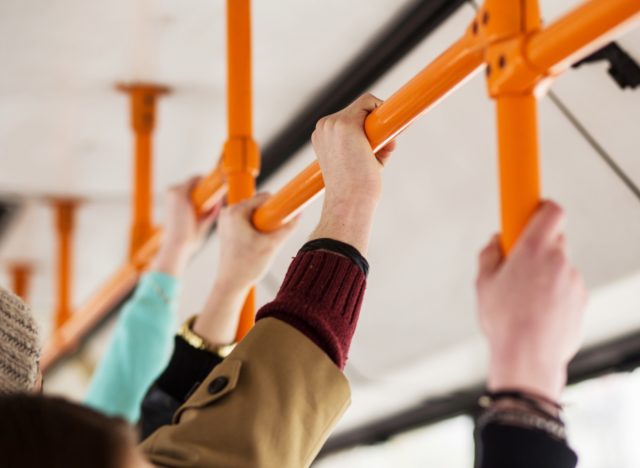
Whether train, bus, or taxi, it's no secret that public transportation are hot spots for germs and viruses. "Public transportation has close passenger contact and you're sitting in the same seats without being cleaned between passengers," says Purdy.
To reduce your COVID risk, maintain good hygiene, wear masks, and consider off-peak hours to minimize your exposure.
Airplanes and Airports

Air travel involves close proximity to others, and airports are filled to the brim with people carrying germs from all over the world. "High turnover of travelers over a given day increases the chances of COVID exposure since you're seeing so many people from so many places," says Purdy. "You're also in confined places like on the plane, in boarding lines or security lines, which put you in close contact with those who may be sick."
Exercise caution, follow airline guidelines, and be diligent about personal hygiene to mitigate the health risks of flying.
Grocery Stores

Essential as they are, grocery stores can be crowded and high-touch environments. "Grocery stores see lots of people daily," says Purdy. "Most people tend to shop even when sick because they need food and often run out to get meds and other relief items."
Sanitize grocery carts before using them and consider shopping during less busy times for a safer, healthier shopping experience.
Hospitals

While hospitals prioritize safety, they remain high-risk environments due to the potential concentration of infected individuals. "Because of the amount of sick people around you, you're much more likely to be exposed to COVID at hospitals," states Purdy.
To reduce your COVID risk, wear a mask, wash your hands frequently, and practice social distancing when visiting hospitals.
Schools and Daycares
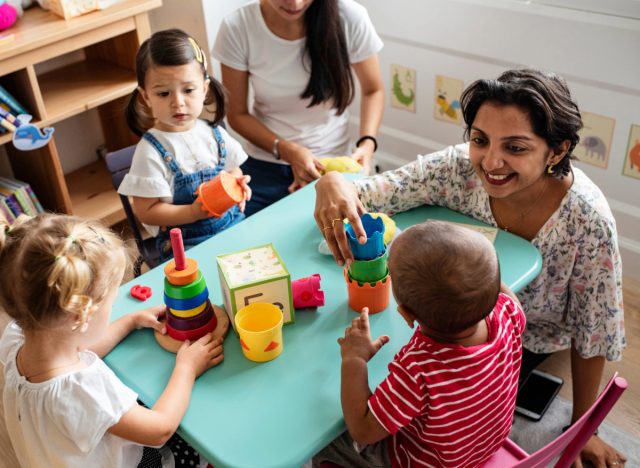
Any place frequented by young children poses challenges for maintaining social distancing and proper hygiene practices. "Kids all have shared toys, lots of group activities, and naturally, many germs are going around in this age group," says Purdy.
Fitness Centers
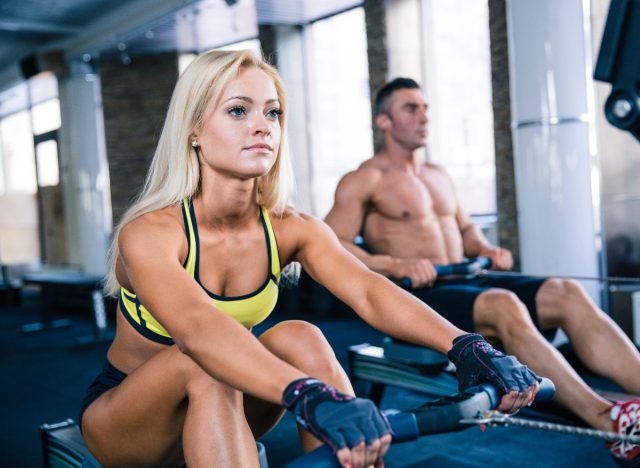
Shared workout spaces can elevate your COVID risk as well. "In gyms and fitness centers, you often touch many shared surfaces in a crowded place," says Purdy. "Also, you're often inside and germs can spread with little airflow."
Opt for less crowded times, maintain social distance, and practice excellent hygiene when attending fitness centers. Or, even better, work out outdoors whenever possible. You'll get a vitamin D and immune system boost from the sunshine and reduce your risk of catching the virus.









